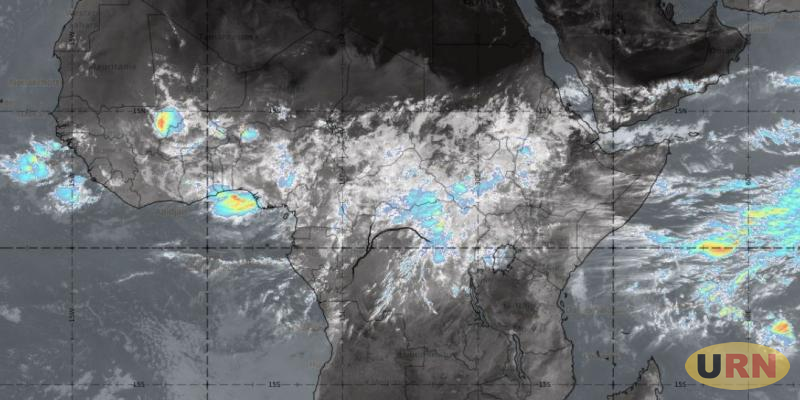The
current spatial rainfall distribution being experienced across the country will
persists over many parts as moist winds from the Coast of Indian Ocean and the
Pacific descend on Uganda.
The intensity of the precipitation is dominant in the Northern and West Nile sub-regions compared to the central and other parts of Uganda.
According to Uganda National Meteorological Authority (UNMA), the Northern part of the country will continue experiencing more rainfall intensity because of the presence of the rainfall belt over it.
Dr Festus Luboyera, the Executive Director UNMA, says according to weather forecast for the Great Lakes region, the rainfall will subside towards August as conditions in the Indian Ocean and the Pacific Ocean change.
Dr Luboyera attributes the current rainfall to favourable conditions over Indian Ocean enhanced by Easterly winds from the Congo Forests.
The weather phenomenon succeeded tropical cycle over the Coast of Mozambique which sucked Indian Ocean moist winds responsible for timely onset of rainfall over Uganda around February and March.
The month of June and July are often dry months for most parts of Uganda. Dr Luboyera says although this sort of weather phenomenon is rare for Uganda, it is good for farmers who planted late due to delayed onset of the first rainfall season.
He explains that the phenomenon started in May when a lull in rainfall was expected to set in in Southern and Central Uganda.
Modelling of the Great Horn of Africa Meteorological Authorities conducted in Addis Ababa, Ethiopia in May confirmed the coming of the weather phenomenon but stopped sort of telling whether it would persist up to the beginning of the second rainfall season.
Dr Luboyera says they are returning for another meeting to model for the second season. Currently, UNMA is using five days’ weather models to keep a close watch over the patterns of this unique weather phenomenon.
Yusuf Nsubuga, a weather analyst at the authority says the model indicates that the next five days will remain wet with some regions achieving up to 24 mm of rainfall.
According to Nsubuga, whenever the Indian Ocean Dipole is positive, the Eastern Africa region receives favourable rainfall conditions.
Nsubuga says farmers should only utilize the available rainfall for planting potatoes.
According to Uganda National Meteorology Authority, a seasonal focus for the second rainfall season will be issued after a meeting of meteorological authorities in the Great Lakes any time soon.
-URN





